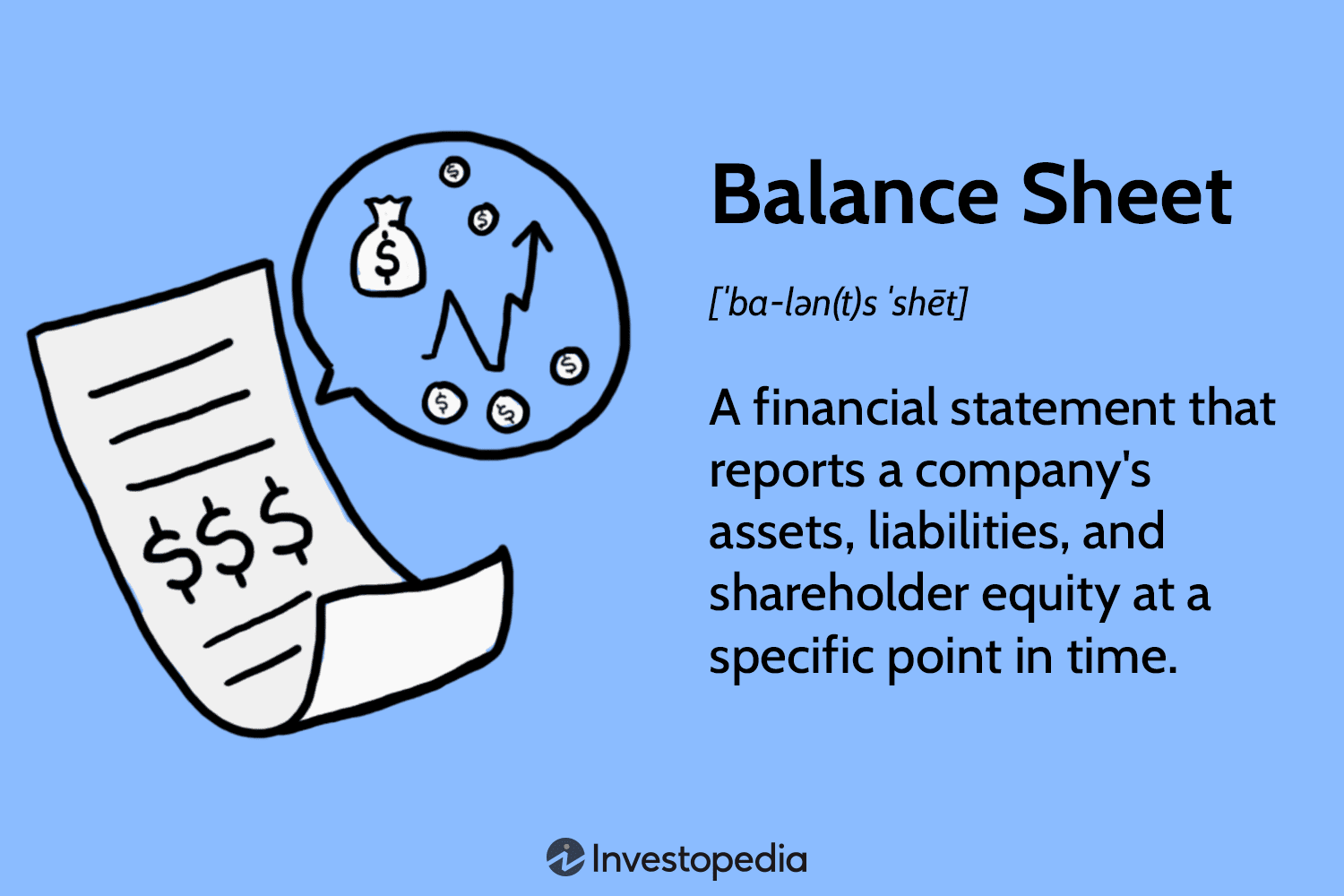 Can you find a business valuation estimate on a financial statement? The balance sheet contains the book value of equity, which is the first approximation of what the company is worth. The number would actually be pretty good if it weren’t for unaccounted-for intangible assets and goodwill. For recently acquired companies, the book value of equity is exactly fair market value.
Can you find a business valuation estimate on a financial statement? The balance sheet contains the book value of equity, which is the first approximation of what the company is worth. The number would actually be pretty good if it weren’t for unaccounted-for intangible assets and goodwill. For recently acquired companies, the book value of equity is exactly fair market value.
The balance sheet has a significant impact on traditional valuation methods such as the income approach (discounted cash flow method) or market approach (whether based on public company or guideline transaction multiples). Below are several illustrations:
- Cash commonly contributes, dollar-for-dollar, to the business value. Say a business owner pays herself a $1M dividend. The value of the business goes down by $1M.
- Net working capital (NWC) is the difference between certain current assets and liabilities. This amount is so important to the valuation that it is explicitly and routinely defined in business purchase agreements. Unless the balance sheet contains the “right amount” of NWC, the business valuation must be adjusted to reflect deviation from that “right amount.”
- Real estate is best considered separately from the operating business. It has to be appraised on a stand-alone basis. Its value is added to the value of business operations. Operating cashflows must consider arm’s length rents while excluding any rent revenue or expenses associated with the property.
- Capital assets (equipment, real estate, etc.) and related liabilities can interact with a cash flow forecast and discount rates. A valuation that excludes these items must also adjust financials to exclude the effects of lease accounting. If considered, lease accounting has to flow consistently through historical financials, projections, and the financials of the guideline companies and transactions.
- Other non-operating items, such as investments in marketable or illiquid financial securities, loans to officers, business interests, or non-operating commodities are incremental to the operating business value.
- Interest-bearing debt is needed throughout the valuation. It is used in calculating the cost of capital, equity volatility, and equity value (business enterprise value less debt equals equity). In theory, it has to be captured on a fair market value basis.
- Finally, the Net Asset Value method starts with the book value of equity and adjusts/adds/removes balance sheet items to arrive at the business valuation. This method may work for early-stage companies with a limited history of operations or those holding financial instruments or other non-operating interests.
While incredibly important, the balance sheet is losing its relevance due to the lack of a meaningful accounting policy around intangible assets and goodwill. We believe that Enterprise Goodwill can be a step towards reviving its relevance.
In conclusion, a minimalist valuation would require the balance sheet as of the valuation date. Without properly considering the balance sheet, a quick DCF or a back-of-the-envelope multiples analysis can land miles away from a meaningful valuation estimate.


